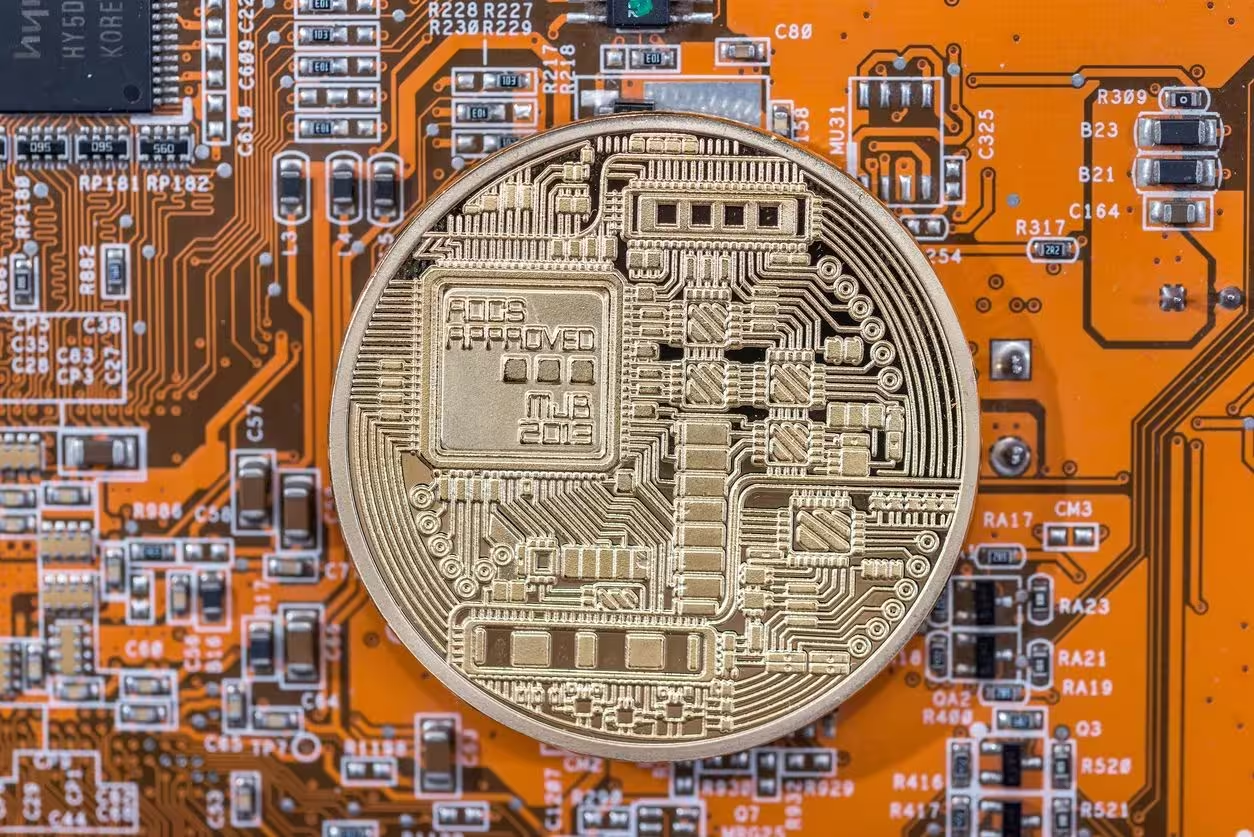Trump’s Crypto Investments: A Volatile Mix of Politics, Ethics, and Market Risks
In recent years, the world of cryptocurrency has witnessed widespread adoption and fluctuating market trends. Amid this digital revolution, former US President Donald Trump’s foray into the crypto space has garnered significant attention. While some applaud his interest and investment in digital assets like non-fungible tokens (NFTs), others raise valid concerns about the potential risks … Read more









